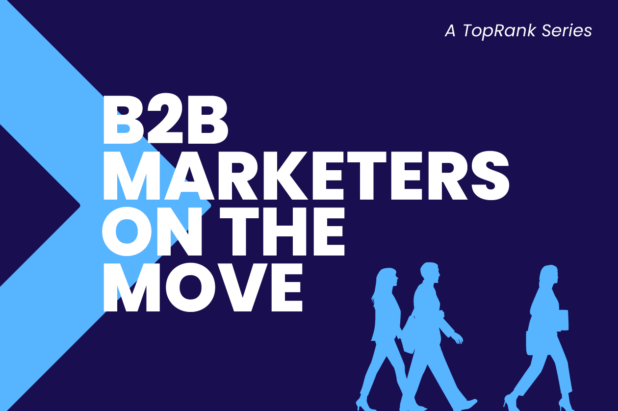The first day of the 2009 PRSA International Conference in San Diego kicked off general  sessions today.
sessions today.
One session I’ve really been looking forward to was the one on social media measurement featuring Katie Paine of KDPaine & Partners. She started the audience off with some numbers, that we all might find useful:
- 48% of respondents to a PRWeek study said that they were moving money from advertising to social media – only 18% said they were taking money from PR
- 78% of people trust peer recommendations, 14% trust advertising
- 91% of Inc 500 companies are using social media
- 38% aren’t monitoring their brand, product or reputation in social media
Next, the audience had to grapple with the idea (read truth) that it’s the end of measurement as we know it. Here are ten supporting facts:
- Procter & Gamble is now paying for engagement, not eyeballs
- Sodexo cut 300K out of its recruitment budget using Twitter
- Comcast avoided government regs and improved customer service via Twitter
- Immunize BC used social media to boost awareness and increase percentage of population immunized
- BMC Software measures communications effectiveness based on contribution to EPS (earnings per share)
- HSUS (Humane Society) generated $650,000 in new donations from an on-line photo contest on Flickr
- Red Cross judges success in terms of property saved and loss averted
- IMB receives more leads, sales and exposure from a $500 podcast that it does from a $40,000 advertising program
- Wal-Mart credits Q109 profits to 11 Moms
- Stanford University calculates ROI from Facebook based on applications and retention
So, if you are measuring success with any of the following, you might be labeled Old School (and need to keep reading).
- AVE (ad value equivalency)
- Eyeballs
- Hits
- Couch Potatoes
- # of Twitter Followers
- # of Facebook Friends/Fans
Paine explains that the above measurement methods are in fact Old School and the incorrect way to measure the effectiveness of any campaign. Eyeballs aren’t a measurement of success anymore because those eyeballs likely avert your advertisement. Hits aren’t an objective of a website, inquiries and conversions are.
The measurement of success isn’t the creation of a Facebook page or even the number of friends/followers the page has. Rather, success is in the engagement with a particular audience and how that engagement has the potential to impact a preset objective.
So why don’t more professionals update the way they approach measurement? Paine says it’s fear. She adresses many fears that this (or any other) audience may have when it comes to social media and defining metrics.
1. Afraid metrics will reveal the program isn’t working.
- If it’s not working, why keep doing it?
2. Afraid of what you will hear.
- If you’re deaf to the conversation, only your enemies will hear it.
3. Afraid I won’t be able to justify my program/existence.
- It’s not about justifying; it’s about improving
4. Afraid I’ll be fired for not showing the right numbers.
- You should be fired for not showing any.
Social Media renders everything you know about measurement obsolete. The definition of timely has changed, the definition of reach has changed, the definition of success had changed.
The answer isn’t in how many you’ve reached, but how those you’ve reached have responded
Once you have reached the audience, take a look at how they engage and make decisions as it may have changed.
OLD: Awareness > Consideration > Preference > Trial > Purchase
NEW: Find > Observe > Participate > Engagement > Purchase/Act/Link/WOM
To get started, set goals for Social Media. Examples of goals are:
- Marketing/leads/sales
- Mission/safety/civic engagement
- Relationship/reputation/positioning
To reach those goals, what do you need to measure? Paine recommends following the 7 Steps to Social Media ROI:
- Define the ‘R’ – what are expected results
- Define the ‘I’ – what’s the investment
- Understand your audiences and what motivates them
- Define the metrics (what you want to become)
- Define your benchmarks
- Obey the Rules
- Analysis
In what ways are you measuring social media? What have you found to be the most compelling metrics for getting management and/or client buy-in?


